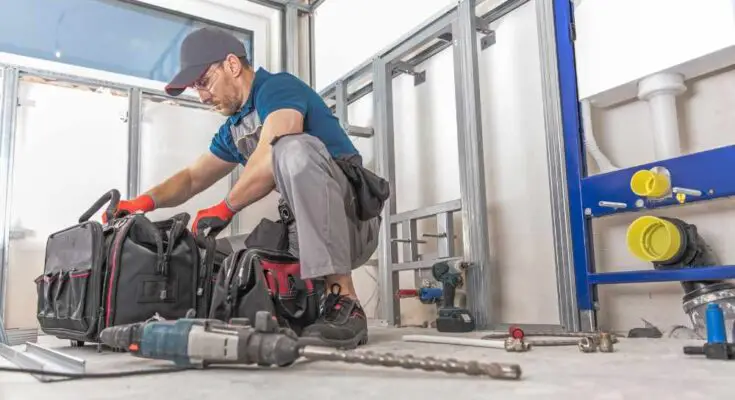Maintaining a modern and efficient commercial building is paramount in today’s business world. It ensures superior comfort for visitors and occupants and significantly contributes to the property’s overall aesthetic and functional value. An outdated building can lead to wasted energy, increased maintenance costs, and a less-than-optimal environment for those who use it. But how can you revamp your property to meet current standards and expectations? Two common methods are renovations, such as retrofitting, or embarking on full-blown new construction projects. Read on to learn which is best for you and your building!
Defining Retrofitting and New Construction
Retrofitting refers to adding new technology or features to existing systems or structures. It involves upgrading or improving an existing building’s infrastructure with advanced equipment, materials, or systems. An example could be an office building where the management decides to retrofit the HVAC system to make it more energy-efficient. They might replace old equipment with newer models that use less energy and provide better climate control, thus enhancing the comfort of the occupants.
On the other hand, new construction is building a structure from scratch. It involves designing and constructing a new building based on current standards and technologies. This option allows for greater flexibility in design and layout, as workers can tailor the building to specific needs and preferences from the beginning. Comparatively, retrofitting often requires less time and resources than new construction, making it a viable option for those looking to improve without disrupting ongoing operations. However, new construction guarantees cutting-edge design and technology, ensuring the building remains relevant and efficient for many years.
When To Retrofit
You should consider retrofitting when the primary goal is to upgrade or replace specific elements of your existing infrastructure. For instance, if you aim to modernize commercial restrooms to foster an energy-efficient environment, retrofitting the existing plumbing and electrical infrastructure to accommodate new equipment is a practical choice.
Retrofitting a commercial bathroom to make it touchless is a great strategy for businesses interested in cutting costs and improving comfort. This remodeling process also proves beneficial when updating appliances or electronics, as these upgrades typically require only minor alterations to the existing structure. Such projects are cost-effective, less disruptive, and quicker to complete, making retrofitting a viable solution for targeted improvement initiatives.
When To Construct
New construction becomes necessary when your remodeling preferences involve a full-scale property transformation. Projects requiring extensive changes, such as significant layout alterations or adding entirely new sections to a building, often necessitate new construction. This approach offers greater freedom in selecting designs, materials, and technologies, allowing for comprehensive customization that meets your exact needs and preferences. Moreover, new construction ensures the incorporation of the latest building standards and practices from the onset, providing a long-term solution for those seeking a complete overhaul of their property.
Understanding the key differences between retrofitting and new construction projects ensures you pick the best option for your property. When in doubt, contact a professional developer and remodeler for more comprehensive assistance.



